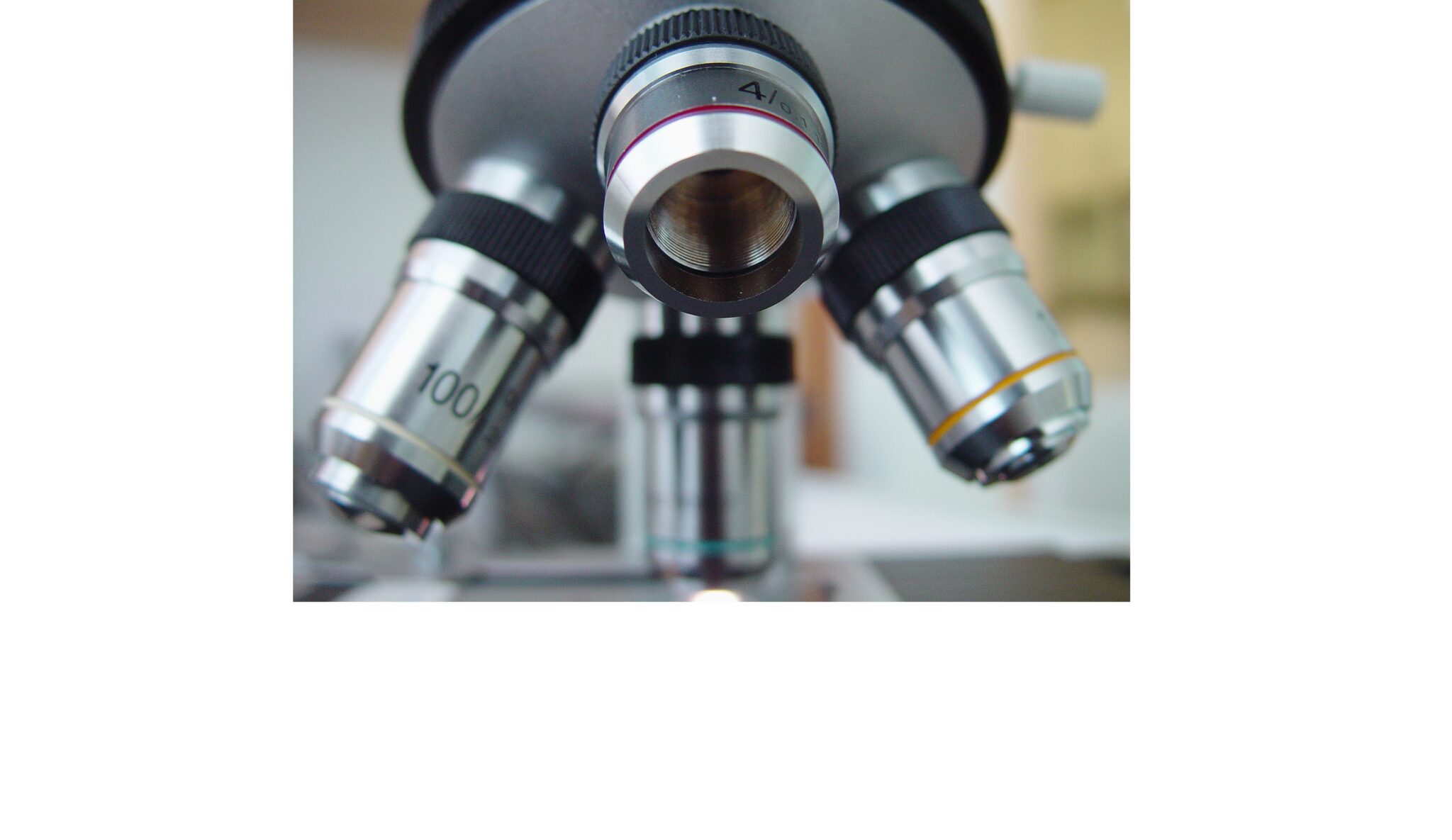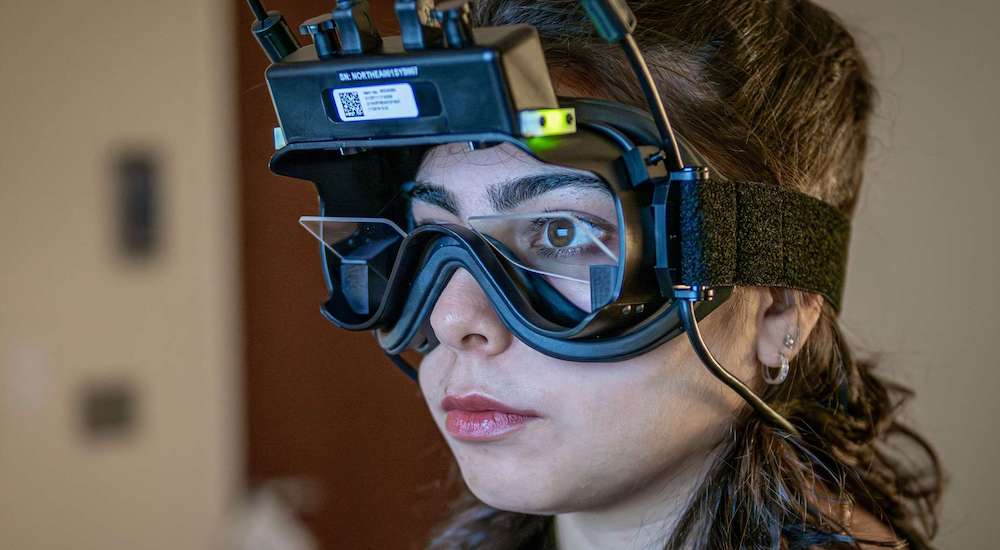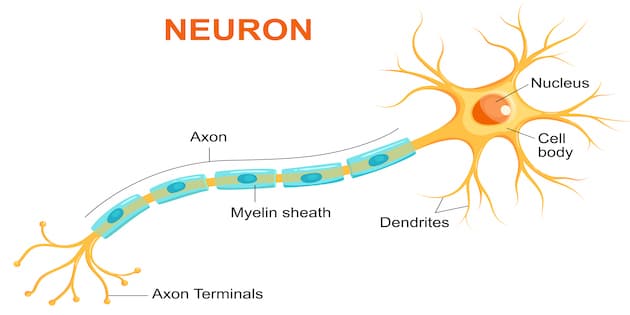New diagnostic tool to identify tinnitus in animals
Tinnitus
A research team from Wayne State University, Michigan USA has developed a new system for assessing tinnitus in test animals, aimed at improving the results of research in this field, reports ScienceDaily.

It is difficult to characterize tinnitus in individual patients and to determine severity. This is even more difficult in animal models intended to move research in the area of tinnitus forward. Current methods are known to have shortcomings that the Wayne State University research team hopes to have reduced with this new tool.
The team, led by Jinsheng Zhang, PhD, professor and associate chair for research in the Department of Otolaryngology-Head and Neck Surgery at the university’s School of Medicine, developed an optimized conditioned licking suppression behavioral testing method for tinnitus in rats to determine the pitch of both onset and lasting tinnitus-like behavior within individual animals. The rats learned to lick water during broadband or narrowband noises, and to suppress licking to avoid foot shocks during silence, the authors explain.
It is hoped that a more robust model will make it possible to achieve results with greater reliability, especially when coupled with testing electrical and chemical brain activity. The aim is to improve research into the etiology of tinnitus and to enable rapid testing of pharmaceuticals or medical devices that may be beneficial in treating the condition.
Source: ScienceDaily; Wayne State University – Office of the Vice President for Research; Pace E, et al. A Conditioned Behavioral Paradigm for Assessing Onset and Lasting Tinnitus in Rats. PLoS One. 2016 Nov 11;11(11):e0166346.



